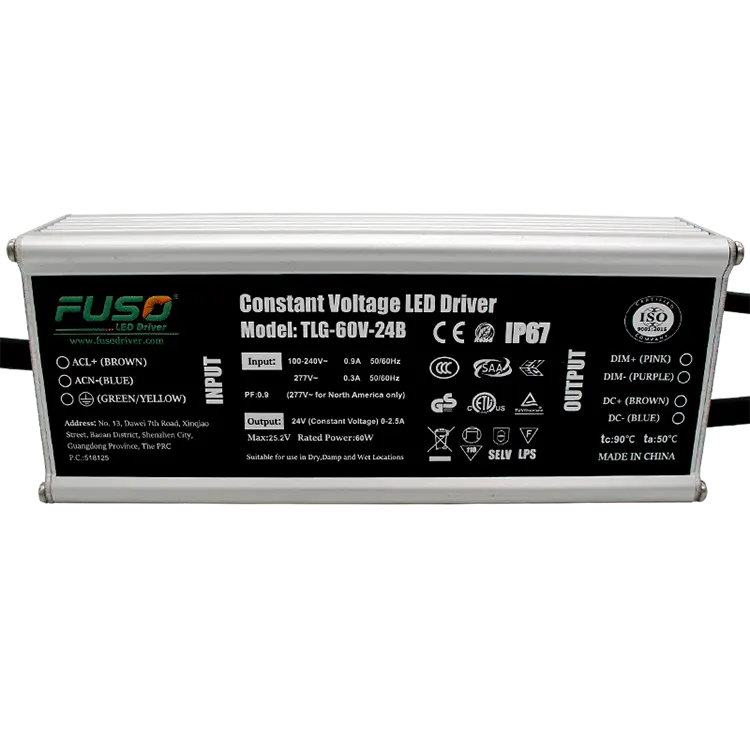How to Choose the Right LED Driver for Your Project
2024-12-26
Choosing the right LED driver can make or break your lighting project. With numerous options available, understanding key factors can help you make an informed decision.

Step 1: Know Your LED Specifications
Before anything else, check the voltage and current requirements of your LED lights. Ensure the driver matches these specifications to prevent underperformance or damage.
Step 2: Decide Between Constant Current or Voltage
- If your LEDs require a specific current, opt for a constant current driver.
- For systems like LED strips requiring a set voltage, choose a constant voltage driver.
Step 3: Consider the Environment
For outdoor installations or areas with moisture, select drivers with an IP65 or higher rating to ensure water and dust resistance.
Step 4: Evaluate Dimming and Control Needs
Do you need your lighting to be dimmable? Look for drivers compatible with Triac, 0-10V, or DALI dimming systems. For smart lighting, consider drivers with wireless connectivity.
Step 5: Check for Efficiency and Certifications
High-efficiency drivers reduce energy consumption, and certifications like CE, UL, or RoHS ensure safety and compliance with regulations.
Common Applications of LED Drivers
- Architectural Lighting: Precision and dimming capabilities enhance aesthetics.
- Industrial Lighting: Robust drivers withstand challenging conditions.
- Home Lighting: Smart drivers enable control through mobile apps.
Choosing the right LED driver may seem complex, but it’s essential for maximizing the performance of your LED lighting system. By understanding your project’s requirements and the available options, you can create efficient, reliable, and visually stunning lighting solutions.
---
Would you like to expand or adjust these blogs further?


